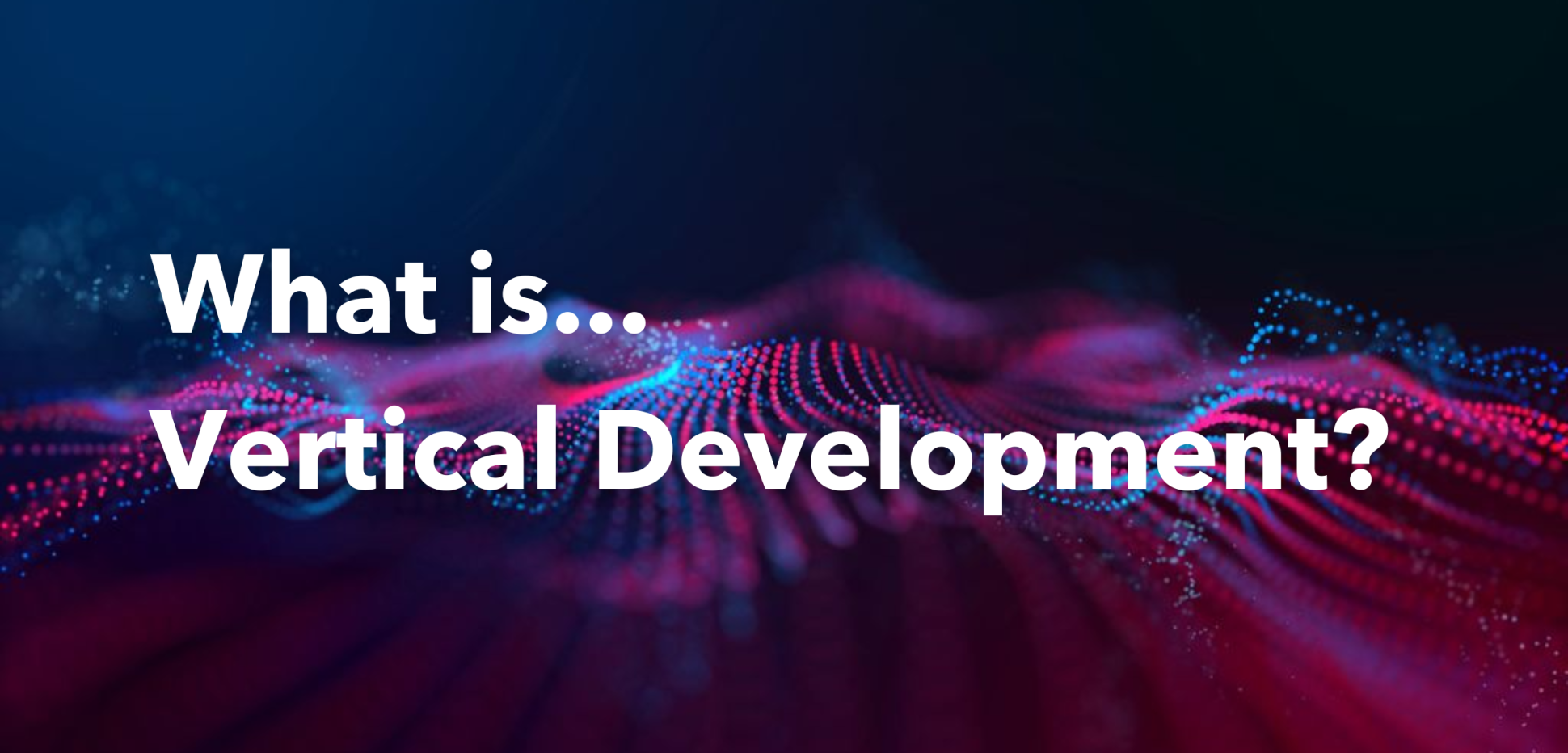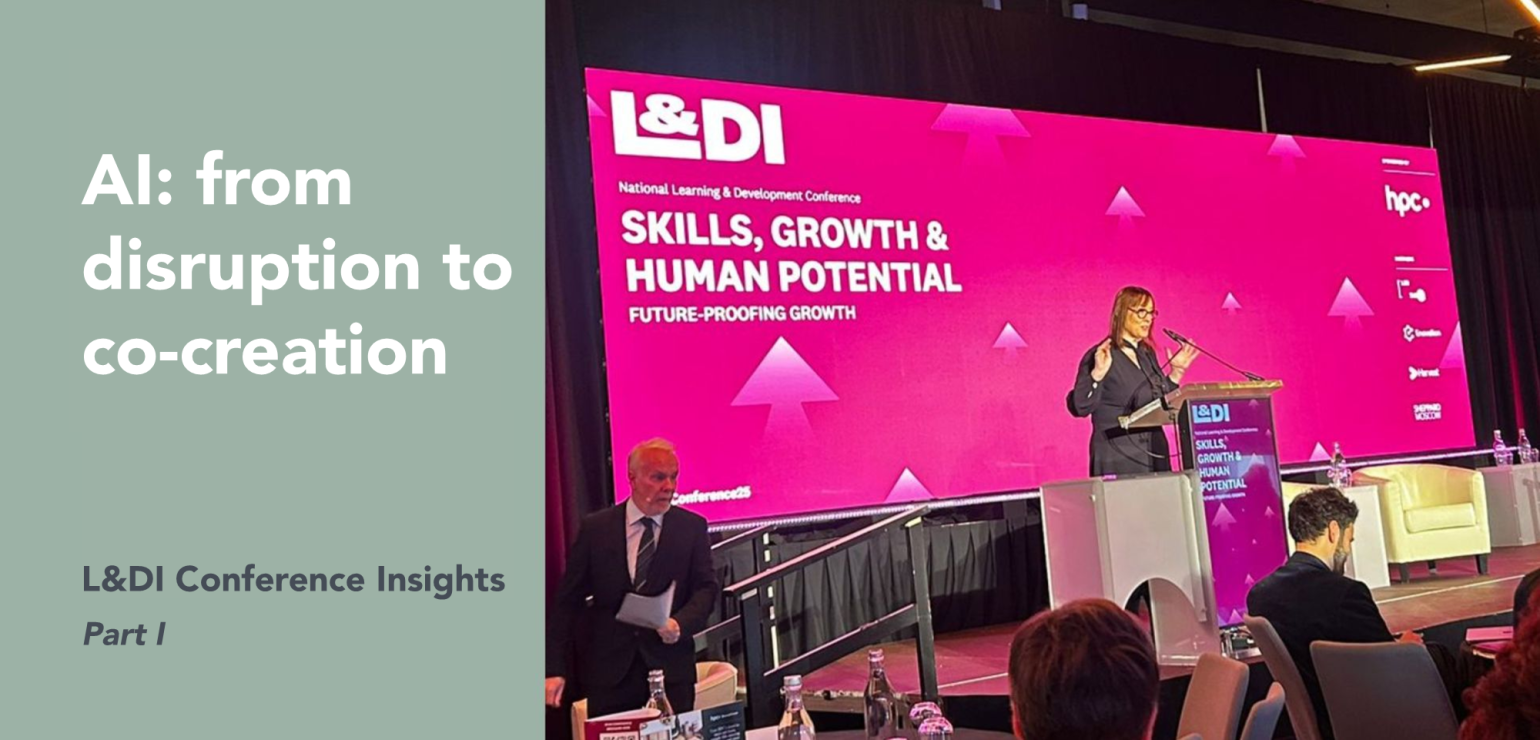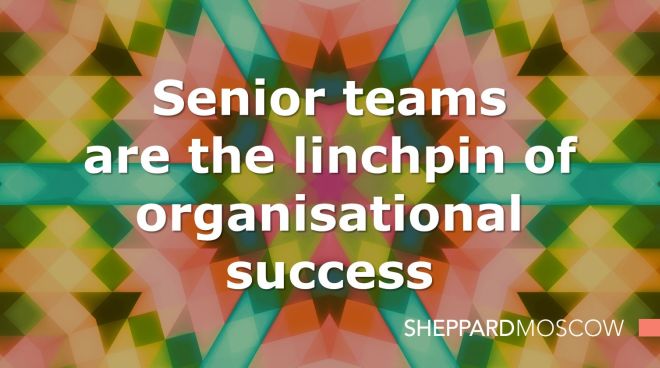What is Vertical Development?

Vertical development is a learning approach that enables leaders to expand their intellectual and emotional capacity to navigate complexity and create the conditions for broader and deeper contribution from themselves and from those they lead. This is achieved through focusing in on how the leaders relate to themselves and others, and enhancing their sense-making, perspective shifting and integrative thinking abilities.
In leadership development and executive team coaching we use vertical development as a framework for developing leaders’ capabilities to help them face into this VUCA (volatile, uncertain, complex, and ambiguous) world – which is often brittle, anxious, non-linear, and seemly incomprehensible (BANI) too! Through a guided process of disciplined practice and self-determined experimentation (‘action inquiry’) leaders can learn to think in new ways, understand diverse perspectives, better relate to their colleagues and the human systems they lead, and be more strategic leaders.
What is the difference between ‘vertical’ development and ‘horizontal’ development?
If horizontal development is about your capability to do something practical more skilfully, to be who you are now but with more skill; vertical development is evolving your capability to think and be, experience the world differently, as the person you are becoming.
Educational institutions focus on developing our horizontal capabilities as we are taught rules, frameworks, and acquire knowledge to ultimately become experts. As we gain experience in the workplace, however, we encounter the complexity of the world and begin the process of questioning and reframing our perspectives, recognising their changeability in a more grounded way. To navigate ambiguity, to innovate and lead effectively, leaders need to refocus internally and develop their emotional and intellectual maturity. This is vertical development.
Horizontal and vertical development do intersect. Take learning how to build influence skills, for example.
The best leadership development blends vertical and horizontal development. Horizontal development focuses on adding to the skillset, or deepening our skilfulness. However, for the new skills to really ‘stick’, people need to make a shift in their mindset or in how they are seeing the world in which they deploy their newly sharpened skills. For example, when helping leaders to build their influence skills, there are many practical tools to learn (horizontal) such as articulating compelling narratives, finding and building on common ground, active listening and exploring, openness etc.
To do these things, however, you need to understand other people. Behind the skilfulness of influential leaders lies the vertical development capability of Perspective Shifting, the ability to imaginatively step into the other’s shoes, their thinking, needs and emotions; to set out of your own shoes and see your own thinking, needs and emotions objectively; and to view the dynamic between yourself and the other dispassionately.
So, how do we approach the vertical development of leaders?
There are four primary aspects to the cognitive capabilities addressed in vertical development: sense making, opposable thinking, perspective shifting, and self-relating (Boston & Ellis, 2019).
SENSE MAKING
Sense making is the capability to make sense of complexity, to entertain, navigate and hold simultaneously in our mind multiple scenarios about the present and the future.
Sense making is an imaginative process of exploration and ideation. In sense making we accept the dynamic, unfolding reality of our situation and entertain a multiplicity of possible options, outcomes, and pathways. This enables a wider vision, the recognition of patterns and inter-dynamics, creating a more nuanced cognitive mapping of our reality. It sets us up to prepare for and respond successfully to multiple eventualities.
When faced with a complex, changing business environment, from time to time it’s necessary to search for a new way forward, a way forward that meets all possible eventualities, that will work equally under multiple different scenarios of the future. Undertaking such a search is often best done by widening the circle of involvement, getting a greater diversity of perspectives and experiences into the room, harnessing all the available human and cognitive diversity.
Sense Making, example
We worked with the regional leadership team of a global pharmaceutical business who were struggling to reorientate their strategic attention as a leadership team from ‘flawless execution of existing opportunities’ to ‘cultivating new opportunities’. By inviting, with our help, their extended leadership team into a ‘future search’ exercise, they not only found a new and powerful way forward and strategic concept, but also learnt that as individual leaders they didn’t necessarily need to come up with brilliant strategies they just needed to orchestrate brilliant strategy processes!
PERSPECTIVE SHIFTING
This describes the ability to step out of one’s own perspective and imaginatively construct the world as other people see it.
There are tools and techniques to systematically understand what someone else might be thinking or feeling – we can talk through their challenges, what they’re involved in, what they’re seeing and hearing and the conversations they’re having. From this information we construct a mental model in our minds of what their perspective of the world might be and take stock – could their perspective be more insightful than my own? We can also experiment with stepping out of our own perspective and finding ‘objective’ ground to better understand the limitations of how we are seeing things.
Perspective Shifting, example
This kind of ‘empathy mapping’ has long been used by marketeers but we’ve found it equally useful when working with partners in leading professional services firms seeking to be more helpful to their clients, and with innovative investment bankers looking to unlock or create new markets by understanding their clients better.
OPPOSABLE THINKING
Opposable thinking describes our ability to entertain paradoxical thinking; not reducing information into oppositions but rather embracing fuzziness and the multiplicity of that space, thinking in terms of both/and rather than either/or.
When we let go of either/or, we can hear seemingly opposing views in a way that enables us to create new thinking and generate new ideas that can withstand or accommodate the tension of different polarities. Opposable thinking offers a way to parse tensions and seeming oppositions within the system. Here, we see things not in distinction to each other but part of a greater whole. With opposable thinking we accept ambiguity and paradox, and have the courage to sit with the discomfort of cognitive dissonance. This is the state John Keats called ‘negative capability’, the ability to accept uncertainty, to ‘not know’, without forcing a premature resolution or an easy but ultimately false answer out of a complex situation.
Opposable Thinking, example
Recently, when working with the executive team of a major retailer who are trying to simultaneously move into adjacent markets in their home market and expand their overseas footprint, what proved vital was for the team to be able navigate a variety of seemingly conflicting factors and identify, face into, and resolve ‘the crux’ of their strategic dilemmas, by staying long enough with ‘not knowing’, ‘not deciding’, listening to each other and challenging each other until a truly credible strategy that hit all the bases emerged (Rumelt 2022).
SELF RELATING
Self-relating is not just emotional intelligence, it’s the emotional wherewithal to engage in sense making, perspective shifting, and opposable thinking.
Self-relating comes down to emotional intelligence in tandem with a deep understanding of yourself, your values and motivations; and acceptance of who you are – warts and all. It’s knowing what is integral to you, and what mindsets, habits and behaviours have been acquired and can be shed. This cognitive capability is where we give ourselves permission to change, we can tell ourselves a different story and be more flexible in our worldview, and more resilient in our being. It’s the emotional basis of ‘having a mind of our own’.
Self Relating, example
When coaching recently promoted senior executives with new and demanding roles we often find that finding a deeper emotional intelligence often boils down to helping them be courageous – the courage to face into and accept the gap between the person we’d like to imagine ourselves to be and the person we actually are… and the person – the version of our true, all too human, selves – that the situation requires. The courage to accept that ‘what got me here won’t get me there’ (Goldsmith, 2010).
What impact can vertical development have on an organisation?
At an organisational level, it is possible to evolve the human system to enhance the collective capability (Laloux 2014). In the context of transforming the leadership culture and capability of the organisation, the capabilities developed through vertical development are central to effective, complexity-adapted strategic leadership. Given the pace of change and level of complexity faced by the organisations, leaders need to enhance both their collective cognitive capacity to develop strategies and to effectively execute them.
We have a longstanding partnership with a global financial institution, that provides an example of this. A significant portion of our work with them has been to help leaders understand and more fully respond to the true complexity of their environment – these leaders are managing not just global teams but regional partnerships and complex stakeholder engagements. We have been proactively working to move these leaders from ‘experts’ to ‘strategists’, helping them become catalysts for action with power to nudge, convene, and inspire in an environment where they can’t do everything themselves but can catalyse the power of their collective leadership, and the wider business eco-system they are a lead organisation in – once they learn to be more strategic in their sense making, empathy mapping, relationships, and facing into their business dilemmas and opportunities.
So, what is vertical development?
Vertical development is a highly sustainable practice designed to enable leaders and executive teams to better take on the ever-changing complexity and ambiguity facing organisations for years to come. We can actively develop our four cognitive capabilities – sense making, opposable thinking, perspective shifting and self relating – to better imagine, innovate, connect and include for a resilient and future-facing organisation.
If you're interested in learning more about some of our foundational methodologies, check out What is... Systemic Team Coaching?

 Andrea Cusack
Andrea Cusack  Johnny Kelleher
Johnny Kelleher 
 Aoife Keane
Aoife Keane 
